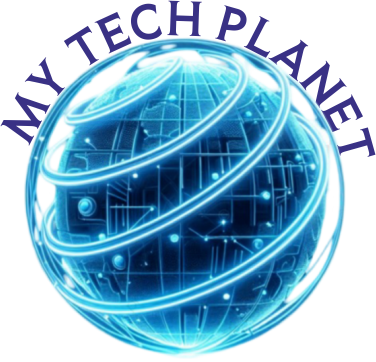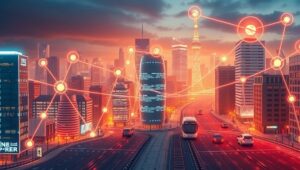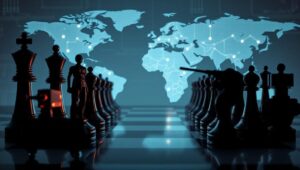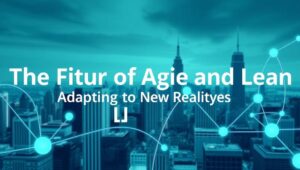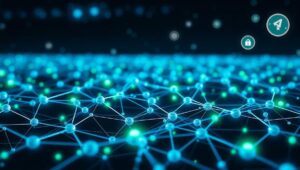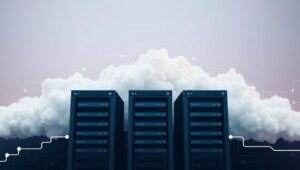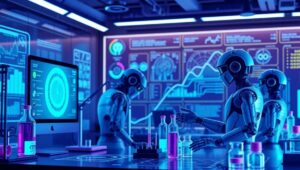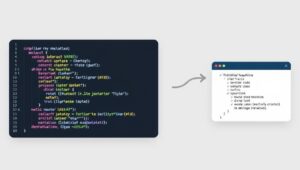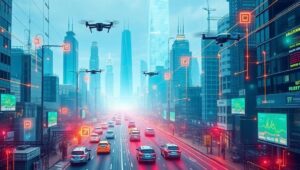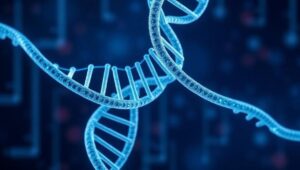Edge Computing Matures: Intelligence at the Network’s Fringe (2026)
Edge Computing Matures: Intelligence at the Network’s Fringe (2026) Edge computing, once a nascent concept, has solidified its position as a cornerstone of modern IT infrastructure by 2026. The shift towards decentralized data processing, driven by the proliferation of IoT devices, advancements in 5G technology, and the ever-increasing demand for real-time insights, has propelled edge computing from theoretical discussions to practical implementations across various industries. The Rise of Intelligent Edge In 2026, edge computing is no longer just about moving computation closer to the data source. It’s about imbuing the edge with intelligence. This evolution is characterized by: AI-Enabled Edge
